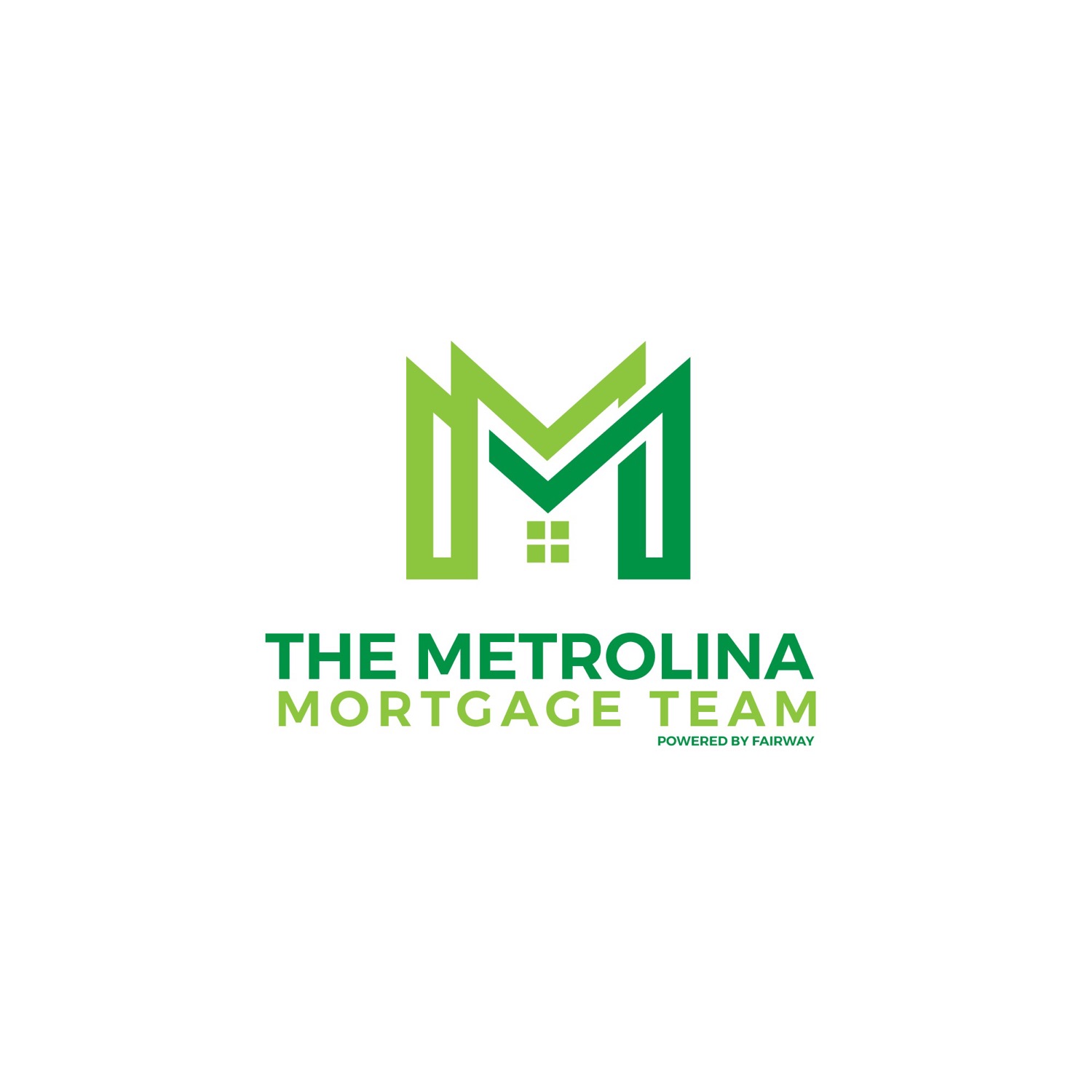DSCR Loans Explained: When They Beat Conventional for Rentals
- Trevor Higgins
- Oct 5
- 4 min read

What Is a DSCR Loan?
A DSCR loan (Debt Service Coverage Ratio) is a type of investment-property mortgage that qualifies the property more than the person. Instead of focusing on your personal income and DTI, the lender concentrates on whether the rental income covers the payment.
Used for: 1–4 unit rentals (SFR, duplex/tri/4-plex) and often 5+ unit small commercial; some programs allow short-term rentals (STRs).
Occupancy: Investment only (not for primary homes).
Docs: Streamlined—no tax returns or W-2 income calculations in many programs.
How DSCR Is Calculated (With Examples)
Formula: DSCR = Gross Monthly Rent ÷ PITIA(PITIA = Principal + Interest + Taxes + Insurance + Association dues)
Example 1 – Long-Term Rental
Market rent (from appraisal 1007): $2,400
PITIA: $2,000
Calculation: 2,400 ÷ 2,000 = 1.20
DSCR = 1.20 (meets many lenders’ 1.15–1.25 targets)
Example 2 – Short-Term/Mid-Term Rental (programs vary)
Averaged monthly revenue: $3,500
PITIA: $2,800
Calculation: 3,500 ÷ 2,800
3,500 ÷ 2,800 = 1.25 (since 2,800 × 1.25 = 3,500)
DSCR = 1.25
Many lenders look for ≥1.20–1.25. Some allow 1.00–1.15 (or even down to ~0.90) with pricing hits, extra reserves, or lower LTV.
DSCR vs. Conventional: Key Differences
What Conventional Investment Loans Require
DTI-based underwriting using personal income (pay stubs, W-2s, tax returns).
Property count limits (e.g., caps on financed properties).
Typically lower rates than DSCR, but more documentation.
Appraisal + 1007 rent schedule still used, but your DTI drives approval.
What DSCR Loans Offer
No personal income calculation (in many programs).
Faster, simpler process for self-employed or complex returns.
Scaled portfolio flexibility (fewer issues with many financed properties).
Programs for cash-out, interest-only options, and STR-friendly underwriting at some lenders.
Tradeoffs: DSCR rates/fees can be higher, and many programs include a prepayment penalty (often a 3–5-year step-down). Maximum LTVs are often 75–80% on purchases/refis (lower on cash-out). Minimum FICO commonly 660+ (varies).
When DSCR Beats Conventional (Real-World Scenarios)
Self-Employed or Complex Taxes
If write-offs reduce qualifying income, DSCR can sidestep DTI issues.
Scaling Beyond Property Count Limits
Portfolio investors hitting conventional caps can keep buying with DSCR.
Short-Term/Mid-Term Rental Strategy
Some DSCR lenders will underwrite to market STR income (AirDNA/host statements in certain programs) or use 1007 long-term rent with adders—useful when STR revenues are strong.
Speed & Simplicity Matter
Asset-focused underwriting can close faster with fewer conditions (still expect standard appraisal/title/insurance steps).
Cash-Out for the Next Deal
DSCR can unlock equity from existing rentals when conventional cash-out runs into DTI or seasoning hurdles.
Typical DSCR Guidelines (These Vary by Lender)
Minimum DSCR: 1.00–1.25 (better pricing ≥1.20)
LTV: Up to ~80% purchase/Rate-Term; ~70–75% cash-out
Credit: Often 660+ (stronger scores = better pricing)
Reserves: 3–12 months PITIA (more for larger portfolios/LLCs)
Prepay Penalty: Common—e.g., 3-year step-down (3%/2%/1%)
Terms: Fixed 30-year, ARMs, and interest-only periods available
Entities: Many allow LLC/Corp vesting
Important: DSCR programs are non-QM and are not agency (Fannie/Freddie). Terms, state availability, and STR acceptance differ by lender.
Pricing Drivers You Can Control
Higher DSCR (raise rent, reduce expenses, or buy down rate).
Lower LTV (bigger down payment ⇒ better pricing).
Stronger credit (optimize utilization before locking).
Prepayment option (accepting a longer prepay can improve pricing; weigh against your exit timeline).
Property type (SFR usually prices better than 2–4 units/condos).
How to Prep Your Deal (Checklist)
Before you shop lenders:
Rent support: MLS comps + appraisal 1007 expected rent; for STR, gather historical host statements or third-party data if your program allows.
PITIA estimate: Taxes, insurance, HOA verified.
CapEx plan: Budget for turns, furnishings (STR/MTR), and reserves.
Exit plan: Hold and refi later? Sell? Prepay penalties matter.
Entity docs: If closing in an LLC, have operating agreement/EIN ready.
Quick Comparison (At a Glance)
Conventional wins when:
You qualify easily on DTI, want lower rates, and don’t need to scale fast.
DSCR wins when:
Your taxes are complex, you’re self-employed, you’re adding doors quickly, or you’re running STR/MTR and need income-focused underwriting.
FAQs
What DSCR do I need to qualify?
Many lenders target ≥1.20–1.25. Some allow 1.00–1.15 with stronger credit, more reserves, or lower LTV.
Are DSCR rates higher than conventional?
Typically yes—DSCR is non-QM. You’re trading rate for speed, flexibility, and easier income docs.
Can I use a DSCR loan for a primary residence?
No. DSCR is for investment properties only.
Do DSCR lenders accept Airbnb income?
Some do. Requirements vary—some want trailing statements; others lean on market estimates. Confirm before you write the offer.
Final Take
DSCR loans shine when you’re growing a rental portfolio, run complex taxes, or operate STR/MTR in strong revenue markets. Conventional shines when your personal income qualifies easily and you want the best possible rate. The smartest investors keep both tools in the toolbox and choose based on the deal, not dogma.
Need help picking the right path in Charlotte or the Southeast?I’ll run your numbers side-by-side (DSCR vs. conventional) and map a financing ladder for your next 2–3 doors.
Equal Housing Lender • Not financial or tax advice. Program terms/availability vary by lender and state.



Comments